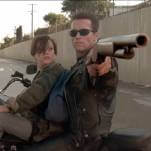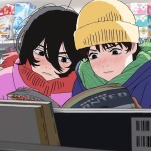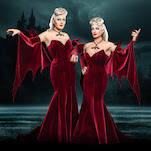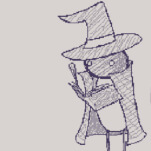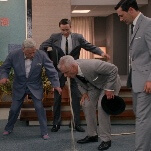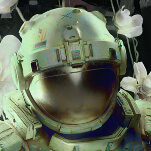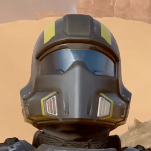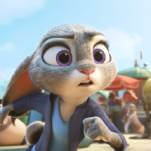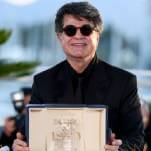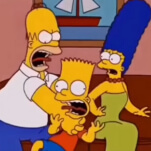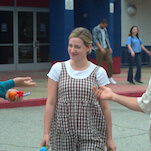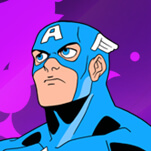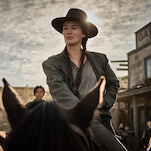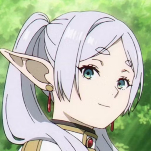A look at Funky Winkerbean before the misery began
In 1992, 20 years after Tom Batiuk launched his syndicated daily comic strip Funky Winkerbean, the cartoonist revamped the feature, changing it from the mildly absurd adventures of a group of high-school kids to the generally more sobering stories of those same kids as adults. Though Batiuk had dealt with some serious issues in Funky before—drug abuse, teen pregnancy, learning disabilities, and the like—the strip evolved over its third and fourth decades into a morose soap opera in which characters are frequently confronted with their own mortality and failures. Even after Batiuk jumped ahead in time again in 2007, it was mainly to show how the children of his original cast suffer from the same kinds of disappointments as their folks.
The Funky Winkerbean of today is mostly entertaining for what it’s inspired, from the frequent piss-takes by Josh Fruhlinger’s Comics Curmudgeon to the brutal Shortpacked! parody “Funky Cancercancer.” The actual Funky strip has, frankly, become tedious in its constant defaulting to misery. And it’s especially disappointing in comparison to what Funky Winkerbean was like when the strip began.
Those who’ve only experienced Funky in its current form might be shocked by how bright and funny the comics are in The Complete Funky Winkerbean Volume I: 1972-1974 (available from The Kent State University Press’ Black Squirrel Books imprint). Coming across like a hybrid of Doonesbury at its silliest and Peanuts at its most contemporary, the Funky Winkerbean of the ’70s was intended as a pleasant diversion, not a daily reminder of our impending doom. The title character is an ordinary middle-American high-schooler, hanging out with his nerdy friend Les, his activist friend Roland, his feminist friend Livinia, his black friend Derek, and his spaced-out friend Crazy Harry. Much like Morrie Turner’s groundbreaking, multicultural Wee Pals, the “jokes” in the early Funky Winkerbean are often little more than in-the-moment references to some social issue or trend, framed by some character’s raised eyebrows. But Batiuk developed the world of the strip fairly quickly, making the characters distinctive as people, not just generic mouthpieces for punchlines.
And that matters, because too often cartoonists try to make comic strips “relevant” by turning them into cranky polemics. In the intro to The Complete Funky Winkerbean Volume I, Batiuk says that he’d never seen Doonesbury until he started shopping his own strip around to the syndicates in New York, yet the early Funky has a lot in common with the early Doonesbury, in that both strips simultaneously make fun of and sympathize with all of their characters, regardless of how similar or dissimilar they may be to their creators’ point of view. That’s not the case with, say, Mallard Fillmore, where pretty much every regular character besides the titular duck is a strawman meant to make Mallard look like The Last Sane Voice In America. (Artistically, the early-’70s versions of Funky and Doonesbury are also similar, in that they pack a fair amount of visual information into a small space, without seeming overly cluttered. That’s because both Garry Trudeau and Tom Batiuk deployed thin lines and made good use of their blank space, allowing the more detailed clothing, furniture, and hairstyles to stand out.)



